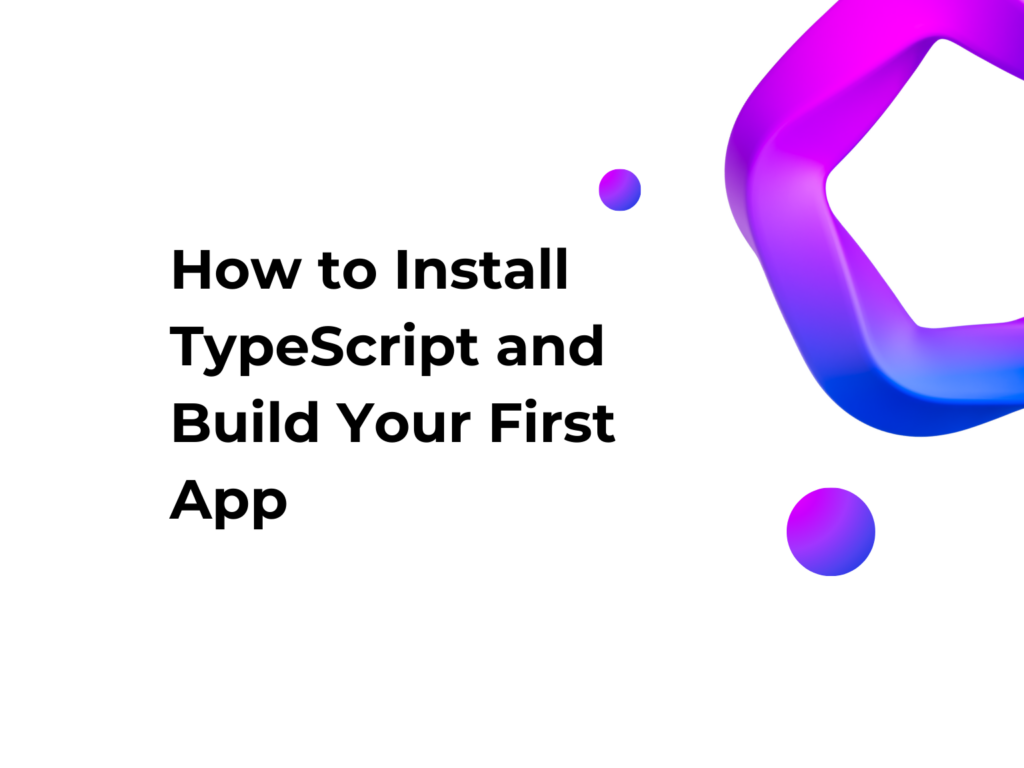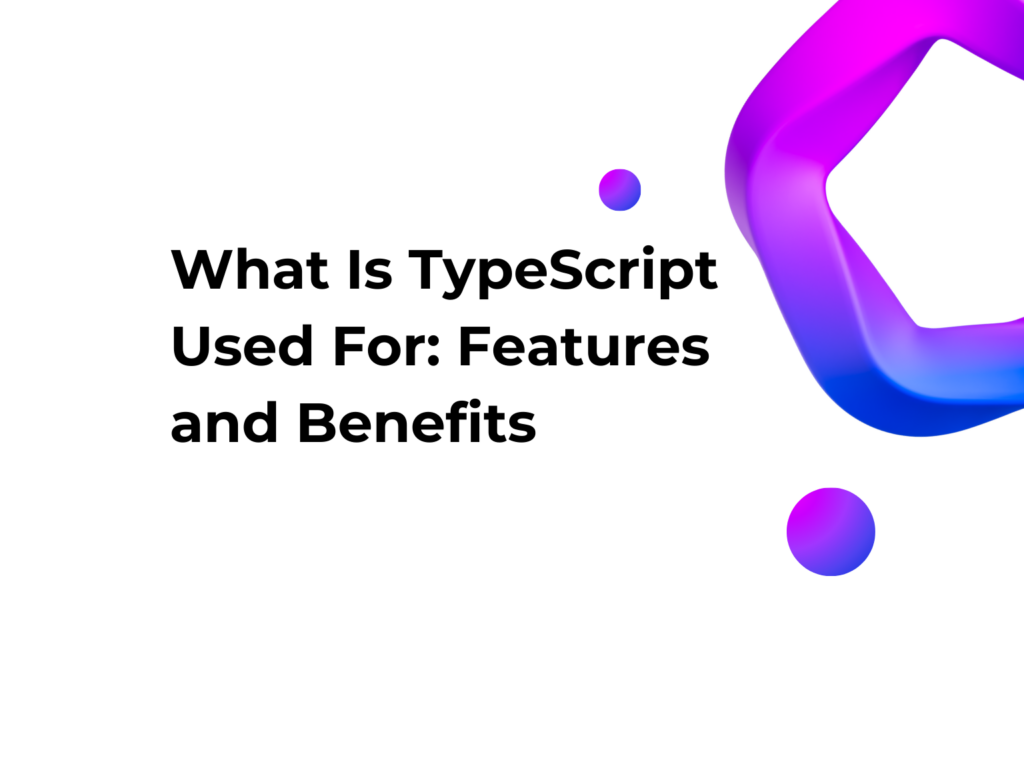Google Quantum AI: Practical Guide to Getting Started with Cirq
Introduction
In this guide, we will explore the world of Google Quantum AI and learn how to create our first quantum function using Cirq, the open-source framework developed by Google for quantum programming. We will start from the basics to help you set up your development environment and write your first quantum program. Even if you are a beginner, by following this guide you will be able to run your first quantum circuit.
What is Google Quantum AI?
Google Quantum AI is one of the leading initiatives in quantum computing. The goal is to develop advanced technologies to solve problems that are beyond the capabilities of classical computers. A fundamental part of this project is Cirq, an open-source framework designed to write, simulate, and execute quantum circuits.
Introduction to the Basics of Quantum Programming
What is a Qubit?
A qubit is like a smart switch. In traditional computers, a switch can only be on (1) or off (0). In the quantum world, however, a qubit can be partially on and partially off at the same time! It’s like having a spinning coin: while it spins, it’s neither heads nor tails but can be both.
What is a Quantum Circuit?
A quantum circuit is like a recipe that tells qubits what operations to perform. Each step in the recipe modifies the state of the qubits. In the end, when we measure the qubits, we get a result based on all the operations performed.
Hadamard Gate
The Hadamard gate is like flipping a coin. If a qubit starts in the “0” state, the Hadamard gate puts it in a superposition state: it has a 50% chance of being 0 and a 50% chance of being 1 when measured. Imagine being at a crossroads between two decisions: the Hadamard gate places you right in the middle.
Measuring a Qubit
Measuring a qubit is like stopping a spinning coin. Once stopped, it will either be heads (0) or tails (1). Measurement “chooses” a state and makes it definitive. Before measuring, the qubit is in a state of possibilities; after measuring, we know the result for sure.
Requirements to Get Started with Cirq
Prerequisites
- Python 3.7 or higher
- Visual Studio Code installed (Download it here)
- Basic familiarity with Python (optional but helpful)
Setting Up the Development Environment in Visual Studio Code
Creating a Virtual Environment
Using a virtual environment is essential to isolate the project dependencies.
- Open Visual Studio Code and select
File > Open Folderto open the project folder (quantum-project). - Open the terminal and create a virtual environment with the command:
python -m venv envThis will create a folder named env inside the project.
- Activate the virtual environment:
- Windows:
bash .\env\Scripts\activate - macOS/Linux:
bash source env/bin/activate
After activation, you should see the prefix(env)in the terminal, indicating that the virtual environment is active.
Installing Cirq in the Virtual Environment
With the virtual environment active, install Cirq with the command:
pip install cirqWriting the Code in Visual Studio Code
- Create a new file called
quantum_circuit.pyin the project folder. - Enter the following code:
import cirq
# Create a qubit
qubit = cirq.LineQubit(0)
# Create a quantum circuit with a Hadamard gate and a measurement
circuit = cirq.Circuit(
cirq.H(qubit), # Apply the Hadamard gate
cirq.measure(qubit, key='result') # Measure the qubit
)
# Display the circuit
print("Quantum circuit:")
print(circuit)
# Execute the circuit using a simulator
simulator = cirq.Simulator()
result = simulator.run(circuit, repetitions=10)
# Print the results
print("Measurement results:")
print(result)Running the Project in Visual Studio Code
- Ensure the virtual environment is active.
- Save the file
quantum_circuit.py. - Open the terminal in Visual Studio Code and type:
python quantum_circuit.py- Check the output in the terminal. You will see the quantum circuit structure and the measurement results.
Code Explanation
cirq.LineQubit(0): Creates a single qubit.cirq.H: Applies the Hadamard gate to put the qubit in superposition.cirq.measure: Measures the qubit state and records it with the keyresult.cirq.Simulator: Uses a simulator to run the circuit and collect the results.
Real-World Applications of Quantum Computing
Now that you’ve executed your first quantum circuit, you might wonder: What is quantum computing used for in real life? Here are some examples:
- Advanced Cryptography: Quantum computers can make communication systems more secure or, on the contrary, break complex codes in no time.
- Molecule and Chemical Reaction Simulation: In chemistry and pharmacology, quantum computers can simulate complex molecules, accelerating drug discovery.
- Optimization: Complex logistics, planning, and resource management problems can be solved much faster than with traditional methods.
- Artificial Intelligence: Quantum computing can improve machine learning algorithms, allowing for the processing of massive amounts of data more efficiently.
These scenarios represent just a fraction of the potential of quantum computing. As the technology evolves, new uses and applications continue to emerge.
Conclusion
In this guide, we introduced Google Quantum AI and used Cirq to create a simple quantum circuit. Although this is just a small part of the potential of quantum programming, it’s a great starting point to further explore this fascinating world.

